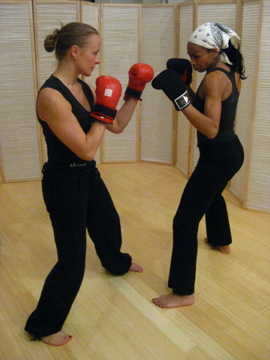Walking is simple, natural and a great way to get the 30 minutes or more of daily moderate exercise recommended by the National Institutes of Health. It’s also easy, low-impact, convenient, burns calories and helps your heart. Find out how to start your own walking workout program to get healthy and get in shape…
Why Walk?
It may be hard to believe that something you’ve been doing since your first birthday is so good for you. But it’s true: Walking is the ideal low-impact, moderate-intensity exercise.
It may be hard to believe that something you’ve been doing since your first birthday is so good for you. But it’s true: Walking is the ideal low-impact, moderate-intensity exercise.
Studies have shown that a regular walking workout has many benefits. It:
- Lowers blood pressure. Healthy but sedentary volunteers reduced their blood pressure significantly by walking briskly for 30 minutes a day, three days a week, according to a 2007 Irish study published in the Journal of Epidemiology and Community Health.
- Reduces risk of type 2 diabetes. People who walked more daily had better insulin sensitivity than those who walked less, according to a 2011 Australian study.
- Reduces risk of breast cancer. Women who walked briskly for just 1.25-2.5 hours per week were 18% less likely to develop the cancer than those who were sedentary, according to a 2003 study published in the Journal of the American Medical Association.
- Lowers risk of premature death. Mortality risk was 1.54 times higher for people who sat most of the day compared to those who walked briskly for 30 minutes five times a week, according to a 2009 Canadian study published in Medicine and Science in Sports and Exercise.
- Improves cholesterol. Men who walked briskly regularly for 12 weeks had lower total cholesterol and higher HDL (“good”) cholesterol levels than those who didn’t, a 2008 British study published in Preventive Medicine found.
- Boosts energy. The more people walk, the more energetic they feel throughout the day, according to a 2003 study at California State University, Long Beach.
- Improves body composition. Walking 12 miles a week significantly decreased abdominal, waist and hip measurements, according to a 2004 study published in the Archives of Internal Medicine.
- Get Equipped.
Fortunately, a walking workout requires little gear. But before you venture out, get comfortable clothing and supportive shoes.




